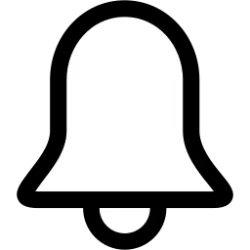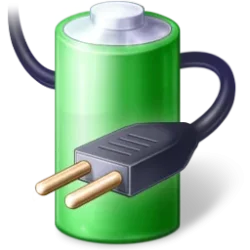This tutorial will show you how to manually start or stop running Automatic Maintenance on demand in Windows 10 and Windows 11.
Windows automatically runs scheduled maintenance on a daily schedule when you're not using your computer by default.
This includes tasks such as updates, security scanning, and system diagnostics. This maintenance will run daily if you aren't using your computer at 2 AM by default. If your computer is in use at the scheduled time or maintenance is behind schedule, Automatic Maintenance will run the next time the computer is not being used.
You can change the default 2 AM time to run daily maintenance tasks to when you're not using your computer while running or sleeping.
You can allow scheduled maintenance to wake up your computer at the scheduled time if wanted. This will not work when you shut down (turn off) the computer.
Reference:

Automatic maintenance (Task Scheduler) - Win32 apps
Maintenance activity refers to an application or process that helps maintain the health and performance of a Windows PC.
learn.microsoft.com
You must be signed in as an administrator to manually start or stop Automatic Maintenance.
Contents
- Option One: Start or Stop Automatic Maintenance in Control Panel
- Option Two: Start or Stop Automatic Maintenance using Command
1 Open the Control Panel (icons view), and click/tap on the Security and Maintenance icon.
2 Click/tap on Maintenance to expand it open. (see screenshots below)
3 Under Automatic Maintenance, click/tap on the Start maintenance or Stop maintenance link depending on if maintenance is currently running or not.
If Automatic Maintenance is not currently running, you will see a Last run date time stamp to let you know the last date and time maintenance ran.
4 You can now close the Security and Maintenance control panel if you like.
1 Open Windows Terminal (Admin), and select either Windows PowerShell or Command Prompt.
2 Copy and paste the command you want to use below into Windows Terminal (Admin), and press Enter. (see screenshots below)
(Start Automatic Maintenance)
MSchedExe.exe StartOR
(Stop Automatic Maintenance)
MSchedExe.exe Stop3 You can now close Windows Terminal (Admin) if you like.
That's it,
Shawn Brink
Last edited:












